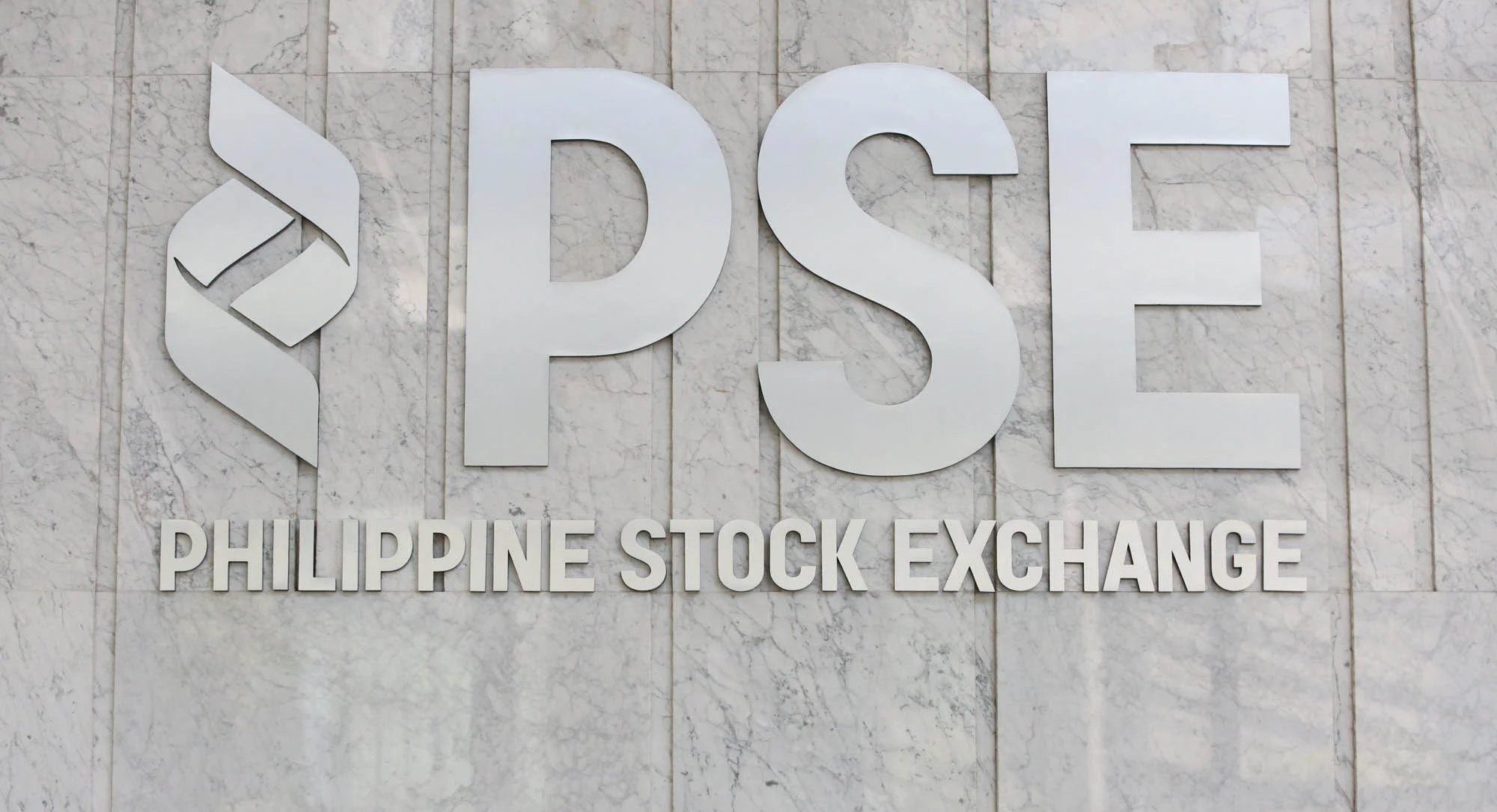
THE Bangko Sentral ng Pilipinas (BSP) will still likely start cutting interest rates this year, but the timing has become more critical given the peso's recent decline, analysts said.
The currency fell to an 18-month low of P58.27 against the dollar on Tuesday, and the central bank's having signaled a readiness to start easing, to the extent of moving ahead of the US Federal Reserve, was said to have been a factor.
Following the drop, Security Bank Corp. chief economist Robert Dan Roces said, "it may be early days to ascertain if they push through with tapering before the Fed ... this will be a function of how stable or volatile the exchange [rate] will be."
The peso recovered some ground on Wednesday, strengthening by 21 centavos to P58.06 to the greenback. However, it remains at a level last prevalent nearly two years ago, at the height of aggressive tightening by the Fed.
The BSP has downplayed the decline and said that Tuesday's drop was in line with other currencies weakening against the dollar, but added that it was also ready to intervene if needed.
"It seems monetary officials aren't concerned, recognizing the strength of the USD (US dollar) as the main cause and with the peso reacting as with regional currencies," Roces noted.
ING Manila Bank senior economist Nicholas Antonio Mapa said the BSP would continue to prioritize keeping inflation under control.
"Whether or not we will see rate cuts in August or October, it appears that the worst could be over for the local market, with central banks easing sometime in 2024 and bonds likely finally enjoying a recovery after months of battling uncertainty," Mapa said.
"As for the PHP (Philippine peso), depending on the timing of the BSP cut, we could see the spot market taking its cue from the general USD direction, although we remain wary of becoming the first emerging market central bank to ease policy rates ahead of the Fed," he added.
Easing monetary policy before the US central bank does could make local interest rates less attractive and weaken the peso. The currency's plunge in 2022, when it hit a record low of P59 against the dollar, came as the BSP did not initially match the Fed's tightening spree.
The BSP's benchmark rate currently stands at 6.5 percent — the highest since 2007 — following rate hikes totaling 450 basis points beginning in May 2022. The federal funds rate, meanwhile, is at an over 20-year high of 5.25-5.5 percent after 525 basis points of increases.
Local monetary authorities maintained the rate unchanged for a fifth consecutive meeting last week, but indicated the possibility of easing starting as early as August due to an improved inflation outlook.
Fed officials, on the other hand, have said that rates could remain higher for longer as US inflation has yet to reach target, Cuts are expected to only begin in September.
Read The Rest at :





